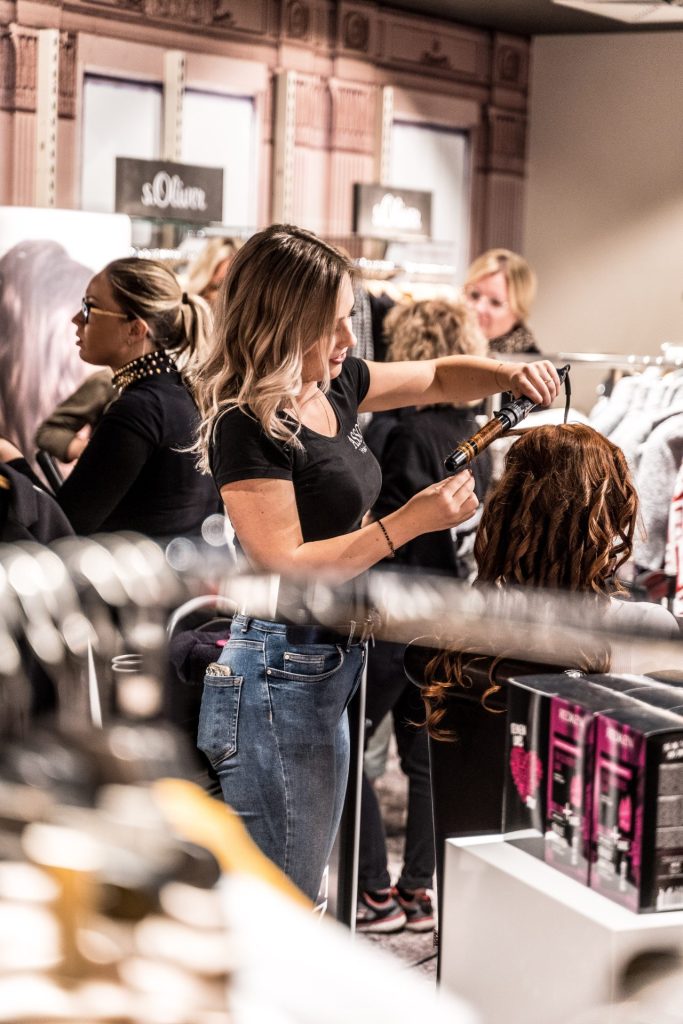So what does it take to create such great hair day after day? Significant creativity and burstiness are essential, but certain qualifications pave the way to success. Let’s review the credentials needed to become a top stylist on either side of the chair.

Getting Qualified
In the UK, a basic request, though not requirement to work professionally involves enrolling in a hairdressing qualification approved by the college. These include:
- NVQ Level 1 in Hairdressing – Foundation skills like shampooing, reception duties
- NVQ Level 2 – Cutting, styling, colouring for assistant work
- NVQ Level 3 – Advanced techniques to work independently as a junior stylist

Many salons expect new recruits to hold a Level 2 as a minimum. This prepares them to perform common services under supervision.
However, an top salon expertise demands even more. Top salons and session styling require Level 3 at the very least. This consolidates advanced skills like perming, relaxing and creative styling.
“We need hairdressers that ooze creativity, take inspiration from the catwalks and aren’t afraid to be bold,” says Clara Bell, recruitment manager at Bella Bouji. “Our successful candidates stand out with their flair and qualifications.”
Gaining Experience
Alongside formal qualifications, hands-on experience remains critically important. Trendsetting salons like Bella Bouji expect all hairdressers to undertake an intensive apprenticeship.

“This develops the burstiness and authority clients expect,” Clara explains. “We had school leaver Jade who spent 18 months training across colour, blow dries and precision cutting before going solo and was able to place her almost immediately.”
Many apprentices build a clientele and portfolio during this time. This showcases their creativity and positions them for lucrative senior roles.
Apprenticeship
An apprenticeship is a popular way to gain the necessary skills and qualifications to become a hairdresser. It involves on-the-job training and classroom-based learning, and you can earn a Level 2 or 3 NVQ in Hairdressing.
Diploma in Hairdressing
A Diploma in Hairdressing is another qualification that you can obtain to become a hairdresser in the UK. This course covers the same topics as the NVQ and also includes additional modules on salon management and business.

Continuing Professional Development (CPD)
Continuing Professional Development (CPD) is an ongoing training program that hairdressers can take to enhance their skills and knowledge in specific areas, such as bridal hair, barbering, or hair extensions.
No matter which path you take, hands-on experience is critically important for aspiring hairdressers. Most salons expect some level of apprenticeship or on-the-job training to build expertise.
Continuing Your Education
Yet in the style-driven hair scene, education never stops. “Successful hairdressers continually invest in courses, says Clara. “We fully support our team gaining new specialty skills and techniques.”

Many top salons now partner with product brands like L’Oreal and Wella to offer advanced coaching. These teach innovative styles and application methods to remain at the forefront of British hair fashion.
So while foundational qualifications open the door, dedication to honing one’s craft leads to enduring success. With commitment to continuing education and an apprenticeship, those with creative flair can attain credibility in the industry.
